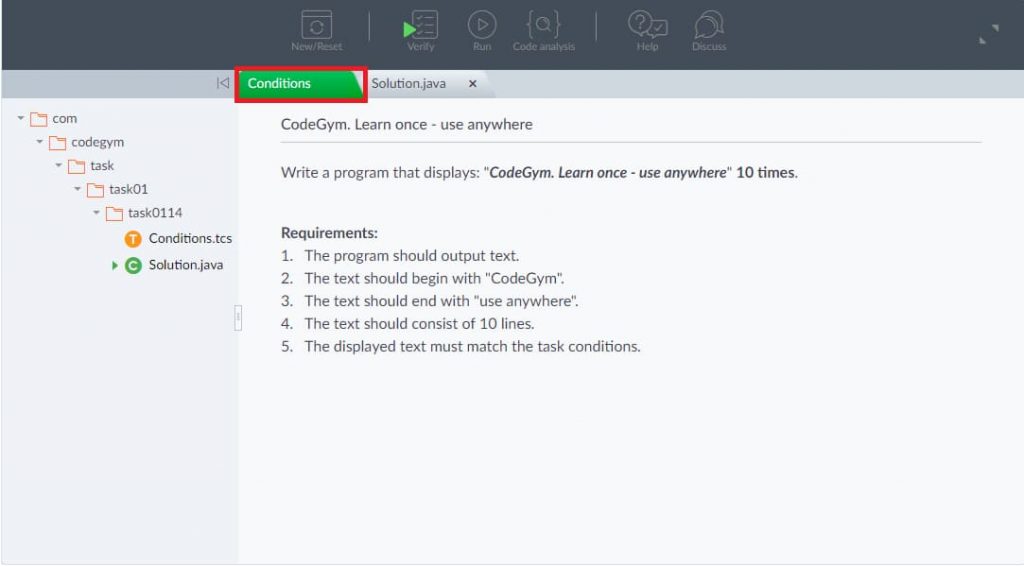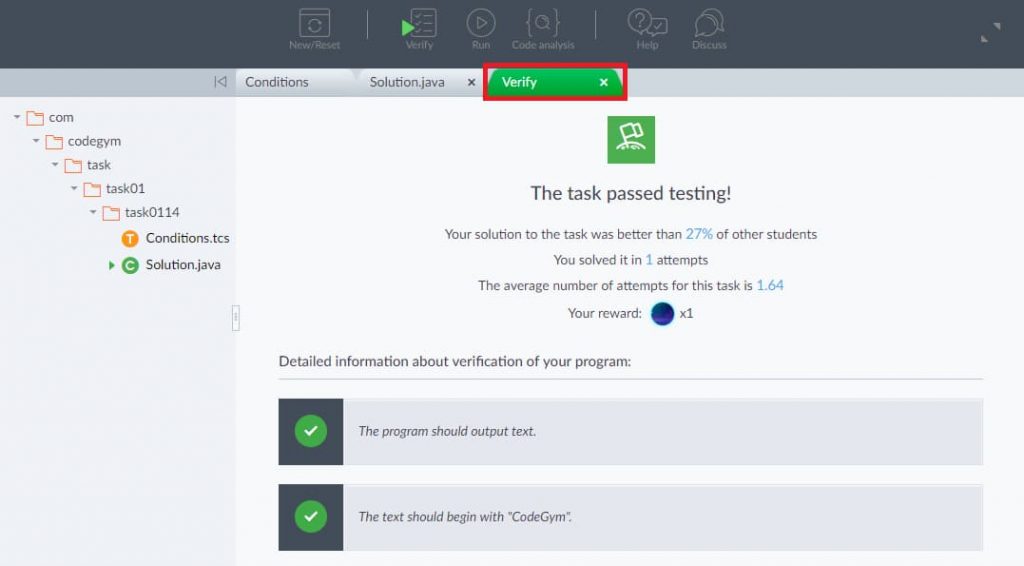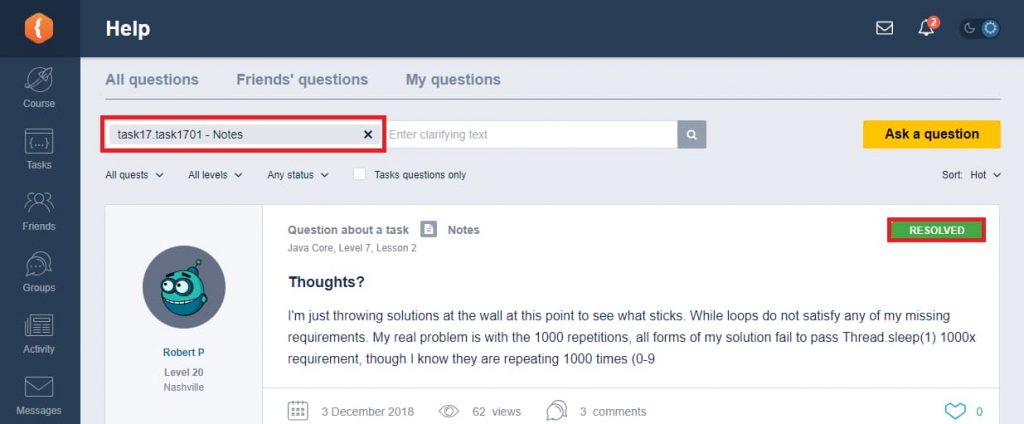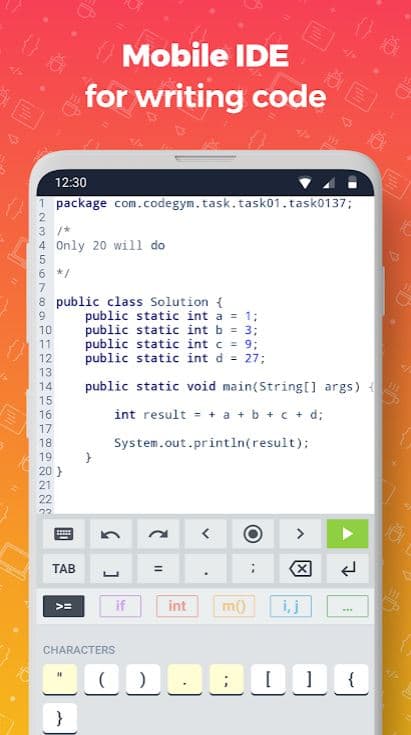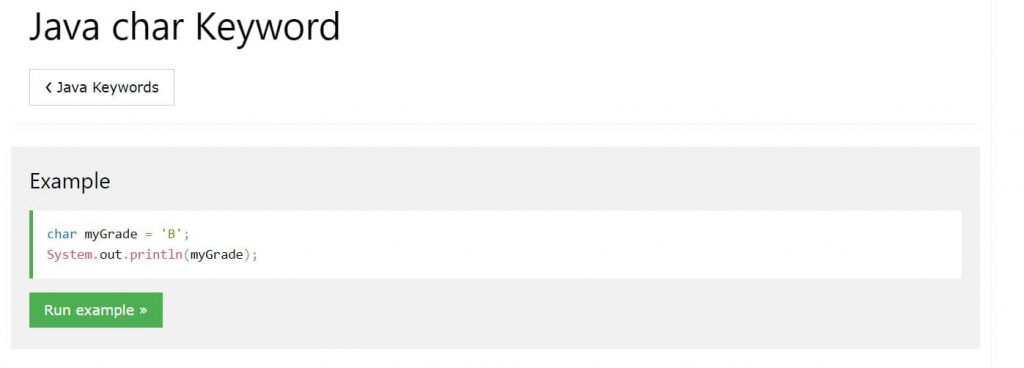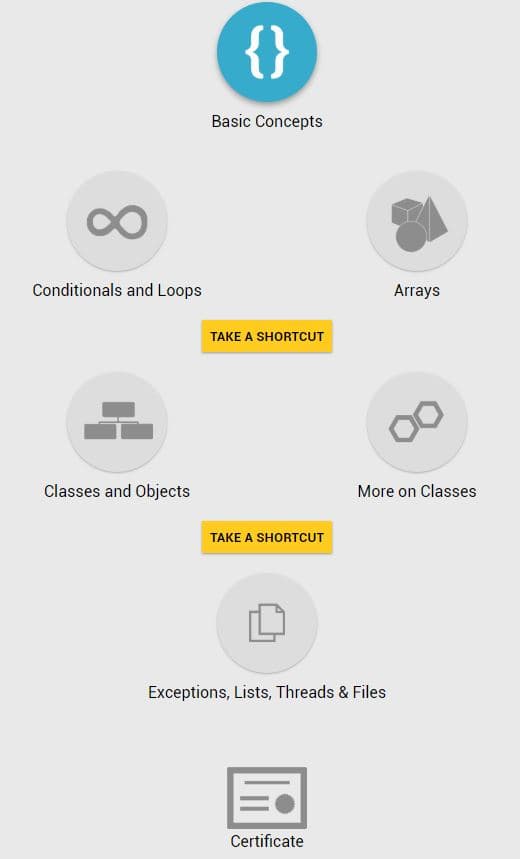Since we’re all stuck in quarantine, many of us find ourselves with little do having an ample amount of time at hand. To help you fix that, we’ve compiled below a list of 5 platforms that you can use to learn Java. After all, it’s a really good opportunity to learn a language used by over 9 million developers globally and running on 3 billion devices. Not only will it help you get that much-needed skill upgrade but it also may lead to better opportunities.
So without further ado, here are 5 best Java learning platforms:
1.Codegym
Available in 8 languages, Codegym is a platform to learn java built with a game based theme in mind and available on both the web and smartphones. All lessons are imparted through a structure of 4 quests namely:
- Java Syntax
- Java Core
- Java Collections
- Multithreading
These 4 are then divided into 10 distinct levels consisting of different lectures and tasks. To elaborate a bit, the lectures are short in nature making it easier to digest them. In fact, they add up to 600, each one dedicated to a separate topic. Examples are also given alongside making them easier to understand.
The vast number of tasks totaling 1200 make up more than 500 hours in practice which helps you develop the essential skills needed. Other features available include debugging and mini-projects aiding in the application of your concepts.
For example, a task is given above with the conditions tab detailing the requirements. In the very next tab, the learner can write their solutions. Once done, you can verify your solution by clicking on the “Verify” button above.
The result is then displayed with statistics on the quality of your solution with other users as well.
See: 5 Proven Cyber Security Certifications That Will Skyrocket Your Salary
As for its pricing plans, there are 3 options available. The first one happens to be a free plan which allows you access to the course itself, help forums and community-based posts. Secondly is their Premium plan bringing additional access to the IntelliJ IDEA IDE, an itemized picture of the progress of your tasks along with help by their team on how to improve the code you’re submitting for each task.
Moreover, you can also view all of the 4 aforementioned quests and the material contained within them, a feature not available in the free plan.
Lastly, we have their Premium Pro plan at $50/month which brings 2 more features. Firstly, it offers a “code style analyzer” that helps you write user-friendly code, a skill essential in a collaborative environment. Secondly, all the tasks that you complete can be re-edited until 3 days to allow you to experiment with different solutions instead of just one way.
You can also download their Android app if you’re a phone person.
2. Codeacademy
Boasting an impressive background of its learners from notable companies like Google, Facebook, and IBM; Codeacademy is home to a range of programming courses built with interactive lessons, articles, MCQs and projects as well. As for Java, it encompasses a total of 7 projects with the syllabus revolving around a few key topics including object-oriented and conditional programming, arrays, loops, methods and debugging.
All of the interactive lessons are geared for step by step learning which in essence allows you to continue where you left off. Further, you can also submit any solution while practicing an infinite number of times without any restrictions.

Coming to its subscriptions, there are 2 plans. The first one is free whereas the second one called Pro is $15.99/month for an annual charge, $17.99 for a bi-annual charge and $19.99 if you pay monthly. The benefits of the Pro plan include access to the aforementioned projects, quizzes, articles, and peer support.
Moreover, the ability to practice on your smartphone is limited in the free plan, a restriction not found in Pro. If you’d like to get to know the platform on the surface before diving in, they offer a 7 day trial for their pro plan.
3. Treehouse
Aimed at beginners, Treehouse offers Java courses through 2 methods:
- Tracks that putting it into their own words “provide a roadmap through different languages and common development stacks.”
- Library courses that are built for learning specific concepts within Java. These are usually short ranging from 4 minutes to 4 hours with examples including “Practice Java Arrays” to an “Introduction to Functional Programming” course.
If one wants to get started with learning the language from scratch, our go-to place should be the first option. Totalling 14 hours, the track is divided into 9 modules which are further split up into 5 courses and 4 workshops. The latter is basically the same as a course except that it focuses on a very specific concept such as “Java Lambdas.” These feature a mix of lectures that are video-based, quizzes to test your knowledge and projects for in-depth practicing.
It currently features 3 plans for individuals with a free 7-day trial:
- Basic at $25/mo with the course, practice sessions and community forums included; a departure from the other platforms we’ve seen before who seem to offer at least one plan free.
- Pro at $49/mo whose real bonus feature is that you can download the videos letting you have an offline experience. Additionally, you also get access to all of their “bonus content” and beta features.
- Techdegree at $199/mo which as the name self-explains is geared towards those who want to learn straight for getting a job. If you’re only learning to improve your skillset, this may not be for you.
4. W3Schools
Found in 1998, this is perhaps one of my go-to resources as a fact sheet for any language that I’m learning. Whether it’s HTML, CSS, PHP or Java, it offers a range of tutorials, examples, and exercises all for free! No plans whatsoever, the only time you have to pay is for getting a certificate that is not available for Java at the time though. The course is divided into different sections composed of:
- Introductory lessons on topics such as Java Strings,
- Methods
- Classes
- File Handling
- References that provide a list of Java keywords and their usage instructions.
As seen, in the above picture, there’s also an option given to run any example and test the code. This would help in playing around and practicing with your own examples as well.

Overall, if you’re looking for a platform with no strings attached, this is as best as it can get. Registration is only required if you want to use the user forums.
5. Sololearn
Featuring 6 modules, Sololearn is one of the most user-friendly options out there. Within each module, one is presented with very short notes immediately followed by questions making it easy to test your knowledge immediately.
Moreover, each note slide is accompanied by both comments and questions/answers that help users seek further explanations when confused. If one wants to separately practice, they have a “Code Playground” serving as an IDE as shown below.
But this isn’t the best part. What makes this platform stand out is the fact that it offers fully responsive mobile apps for both Android and iOS, something we’ve not to see in other platforms, either at all or in their free versions.
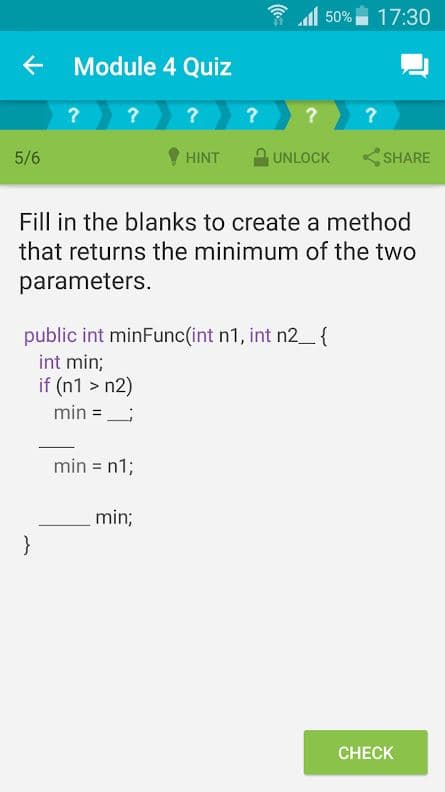
To conclude, these are not the only platforms available out there but do happen to be the best 5 that stand out in terms of their interactiveness. If you want to explore more options, MOOCs such as Coursera and Udemy also offer suitable options, both free and paid.
Did you enjoy reading this article? Like our page on Facebook and follow us on Twitter.

